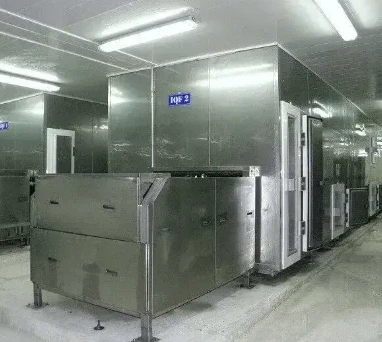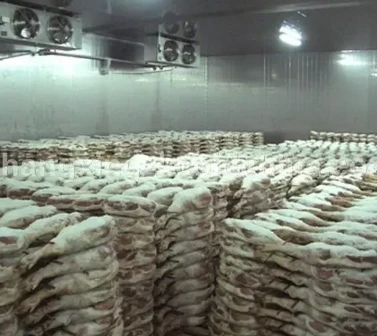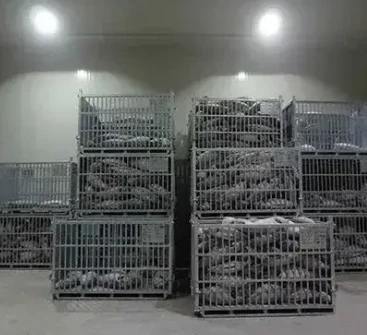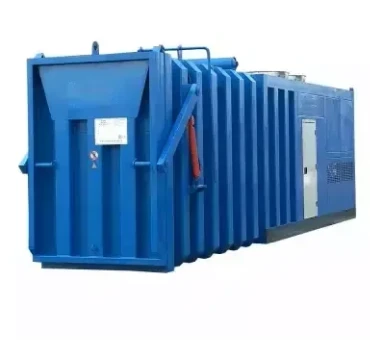Cold Room and Freezer Room: Comprehensive Guide
Cold rooms and freezer rooms play a pivotal role in various industries, including food storage, pharmaceuticals, and research. These specialized storage facilities provide controlled environments to preserve perishable goods, maintain product quality, and extend shelf life. In this comprehensive guide, we delve into the key aspects of cold rooms and freezer rooms, exploring their design, functionality, applications, and maintenance requirements.
Design and Construction:
Cold rooms and freezer rooms are meticulously designed to maintain specific temperature and humidity levels suited to the stored products. They are constructed with insulated panels comprising materials like polyurethane or polystyrene, which offer excellent thermal resistance. The insulation prevents heat transfer into the storage space, ensuring temperature stability. Additionally, robust door seals and efficient refrigeration systems are integral components of these rooms, minimizing energy consumption and maintaining optimal conditions.
Functionality:
The primary function of cold rooms and freezer rooms is to preserve perishable items by keeping them at low temperatures. Cold rooms typically maintain temperatures above freezing point, typically between 0°C to 8°C, suitable for storing fruits, vegetables, and beverages. On the other hand, freezer rooms maintain temperatures below freezing, typically ranging from -18°C to -25°C, ideal for storing frozen foods, ice cream, and pharmaceuticals requiring deep freezing.
Applications:
Cold rooms and freezer rooms find diverse applications across several industries:
Food Industry: These storage facilities are extensively used by food manufacturers, distributors, and retailers to store raw materials, semi-finished products, and finished goods- .
2. Pharmaceutical Industry: Pharmaceutical companies utilize cold rooms and freezer rooms to store temperature-sensitive drugs, vaccines, and biological samples, ensuring their efficacy and integrity.
3. Research Institutions: Laboratories and research facilities rely on cold rooms and freezer rooms to store scientific samples, reagents, and specimens under controlled conditions, facilitating experiments and studies.
Maintenance:
Proper maintenance is crucial to ensure the efficient operation of cold rooms and freezer rooms. Regular inspection of door seals, insulation integrity, and refrigeration systems is essential to detect and address any issues promptly. Cleaning and sanitizing the storage space regularly help prevent contamination and maintain hygiene standards. Additionally, scheduling routine servicing by qualified technicians ensures optimal performance and prolongs the lifespan of these storage facilities.
In conclusion, cold rooms and freezer rooms are indispensable assets for industries requiring temperature-controlled storage solutions. Their sophisticated design, functionality, and diverse applications make them integral to the efficient operations of food businesses, pharmaceutical companies, and research institutions. By understanding their design principles, functionality, and maintenance requirements, businesses can optimize their use of cold rooms and freezer rooms, ensuring the preservation of perishable goods and the integrity of sensitive products.
















































































































